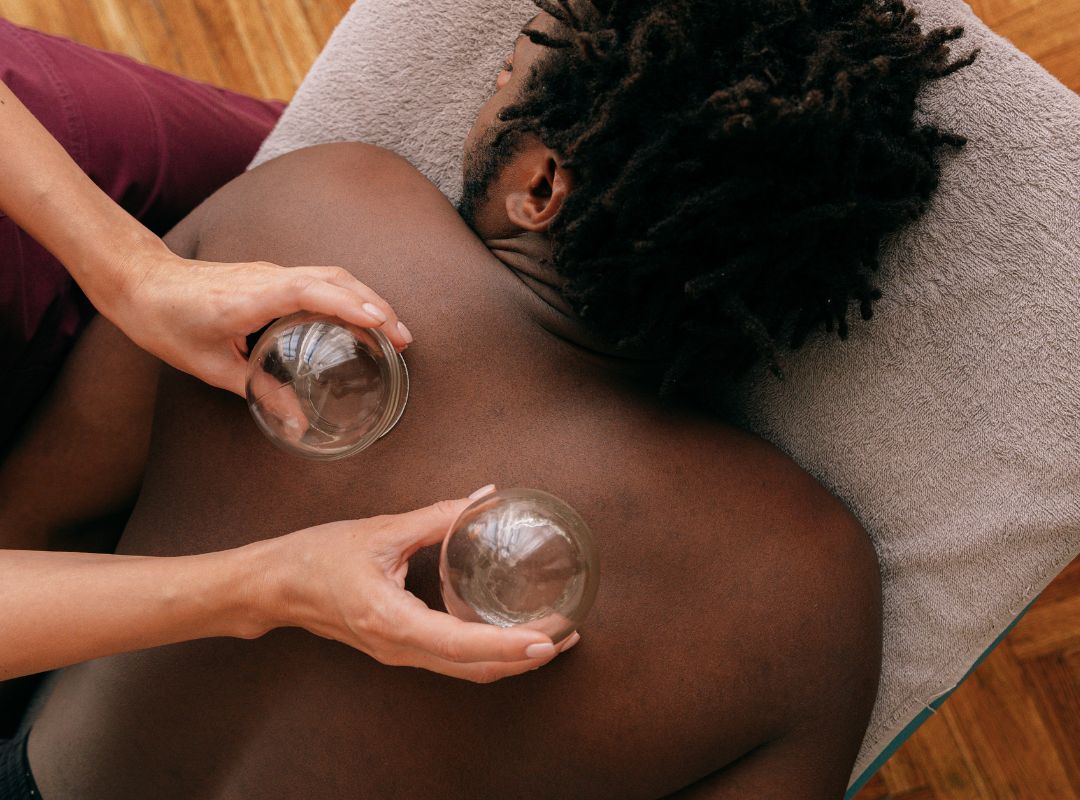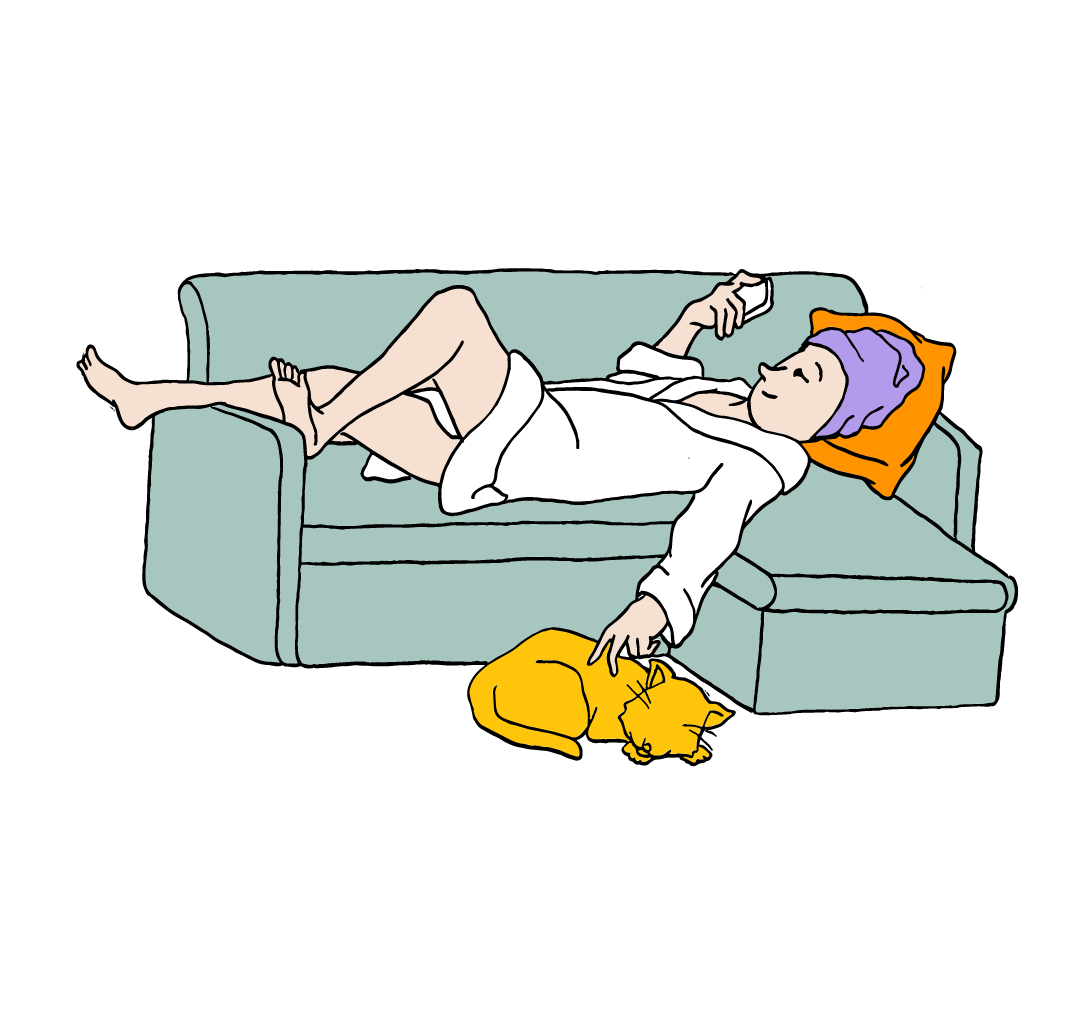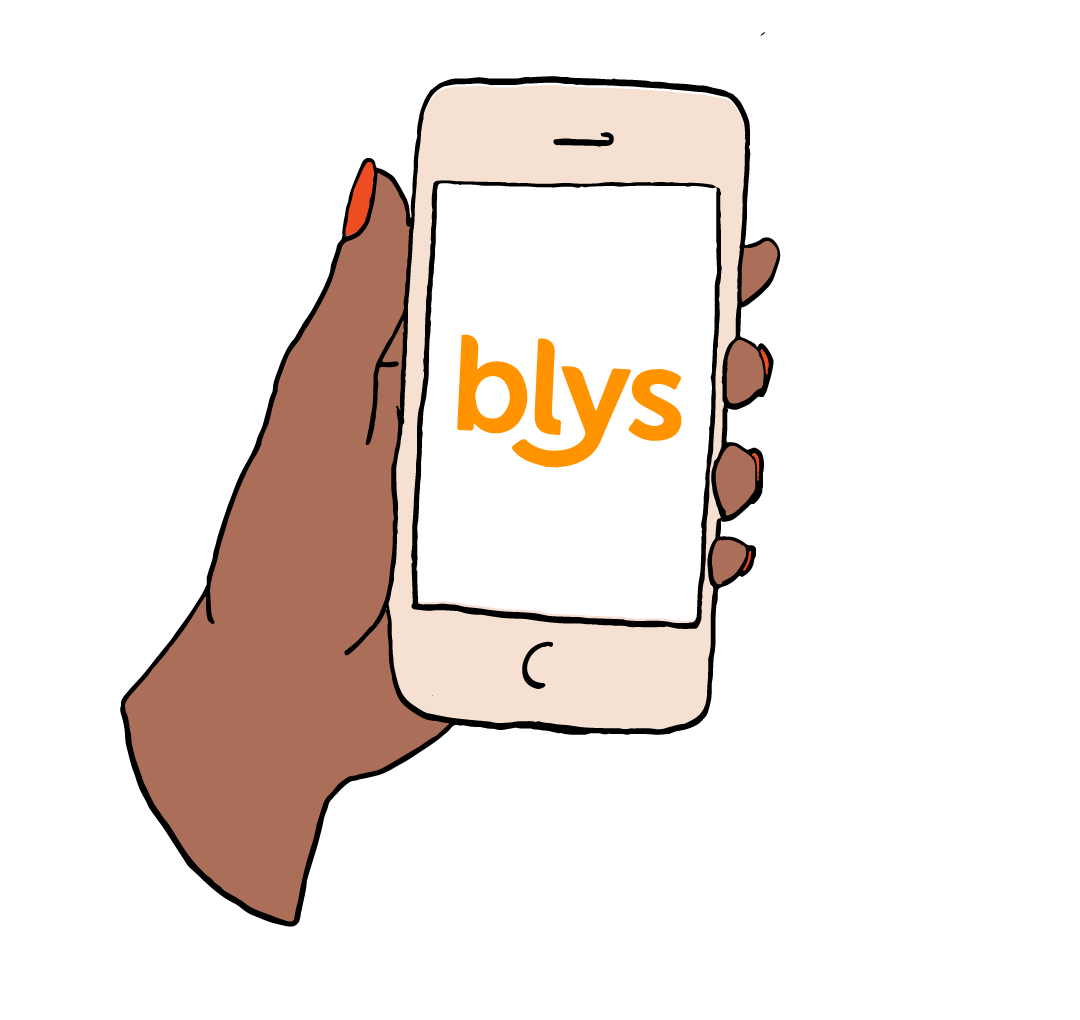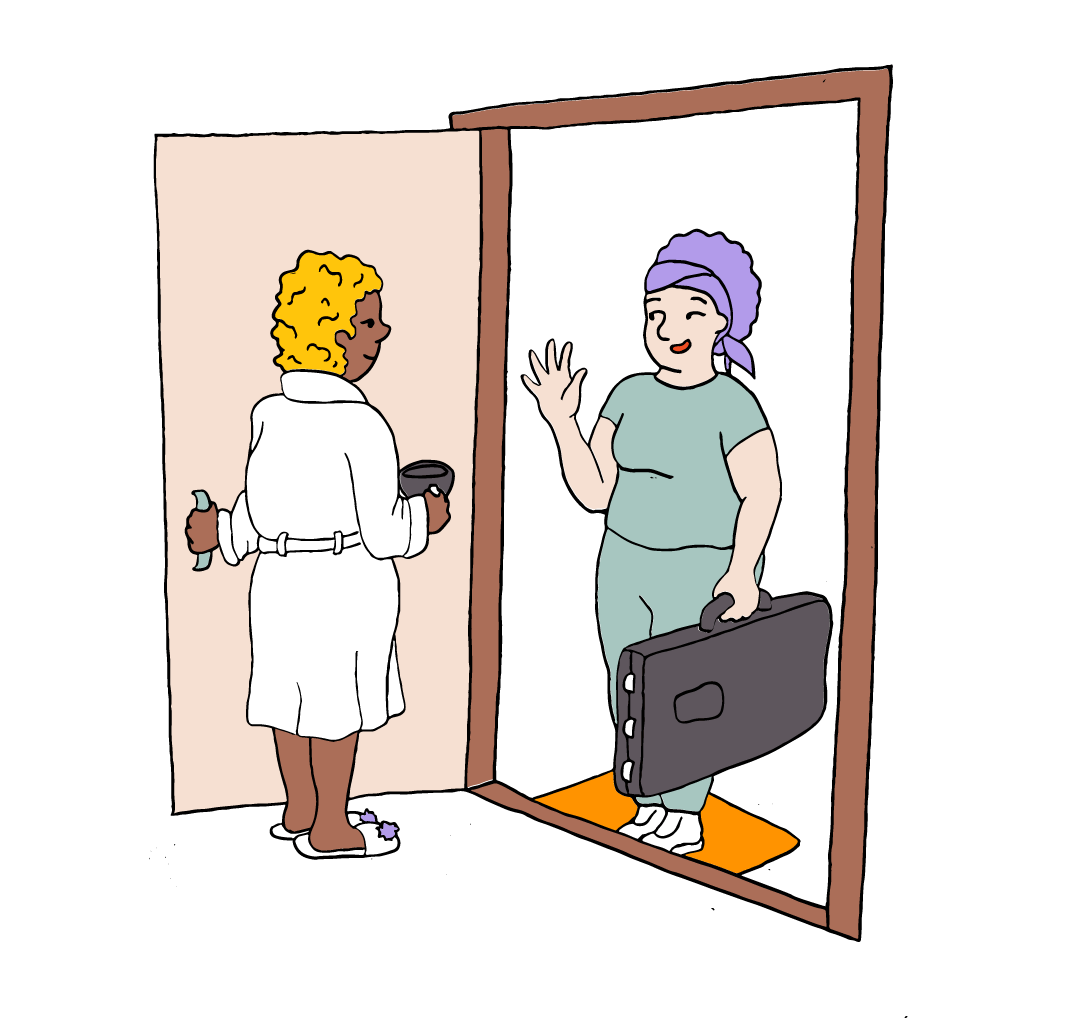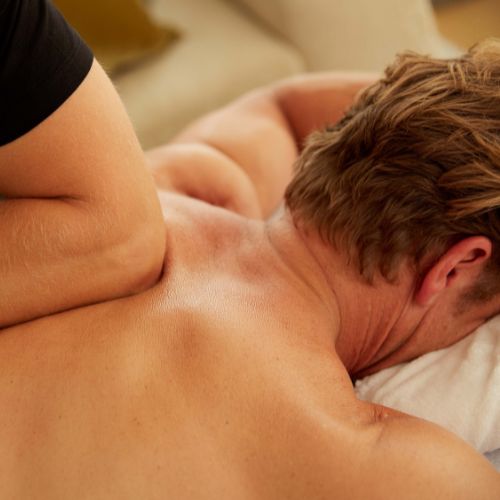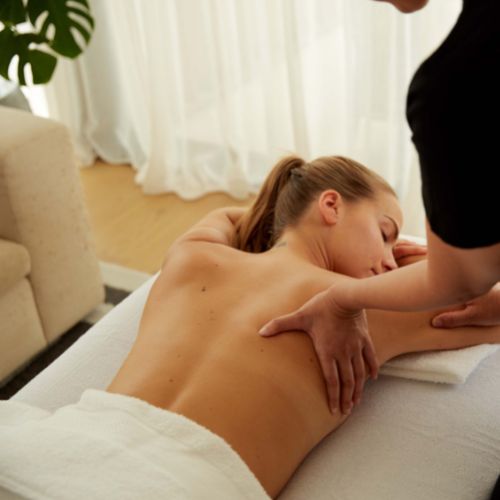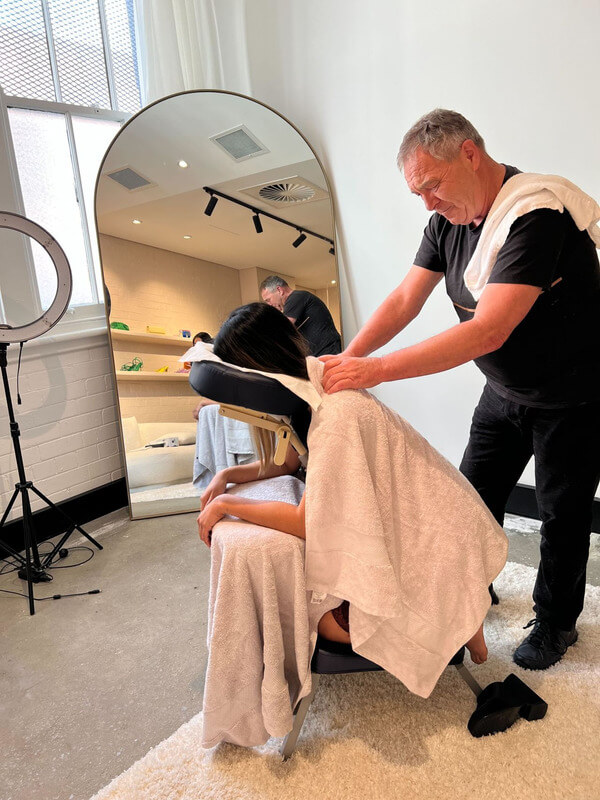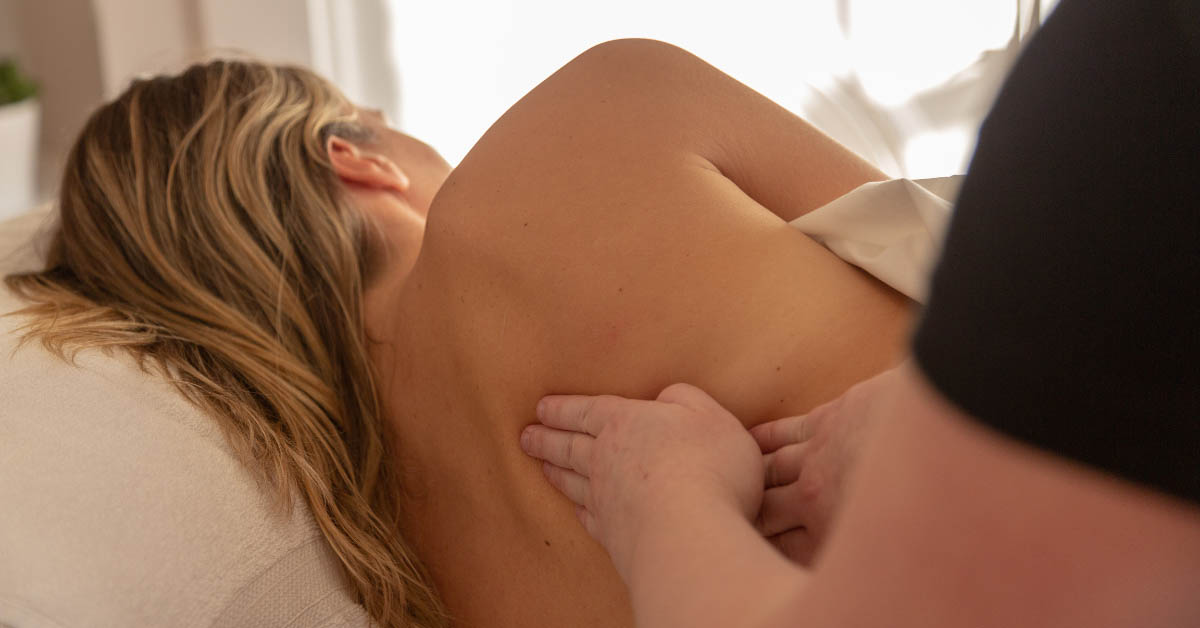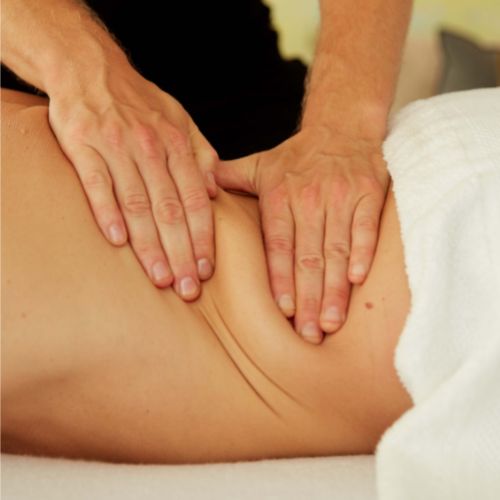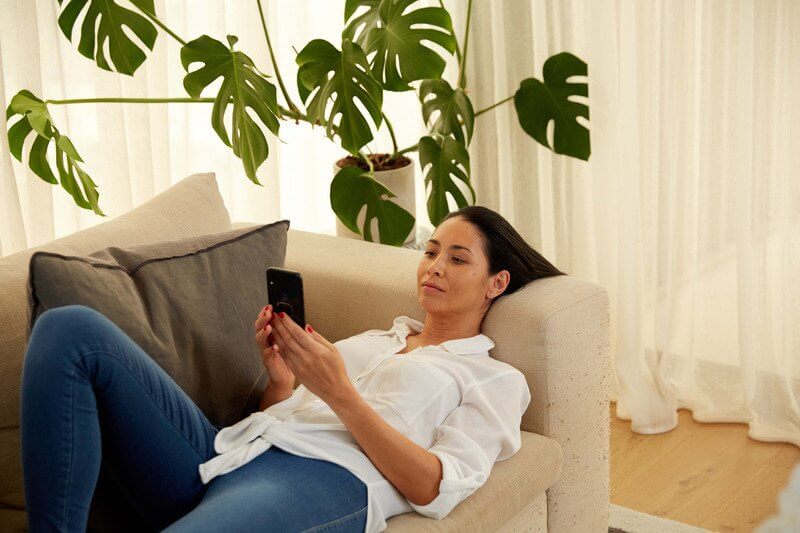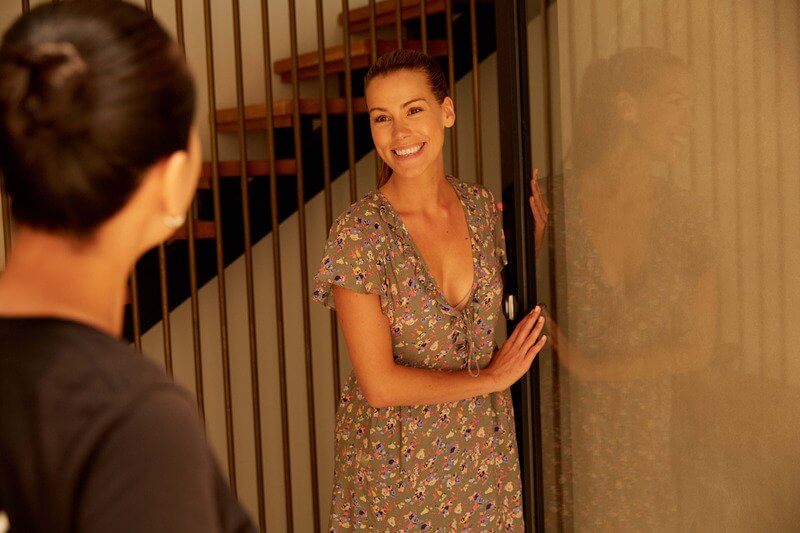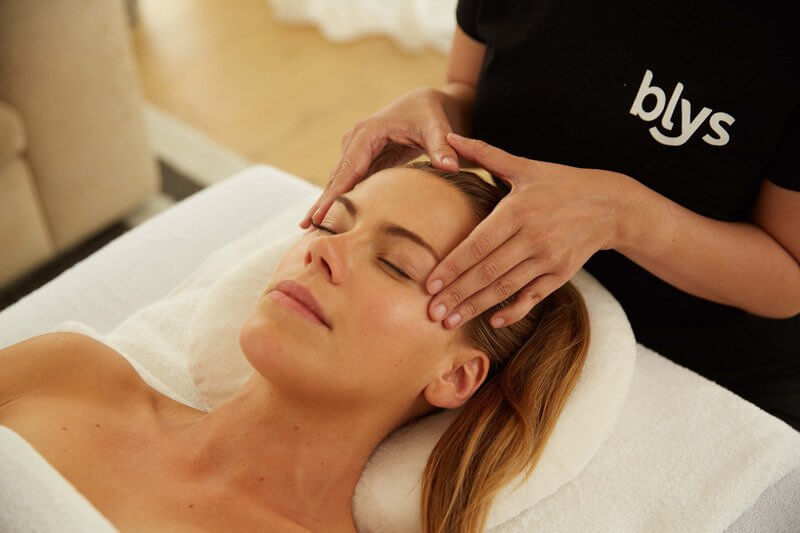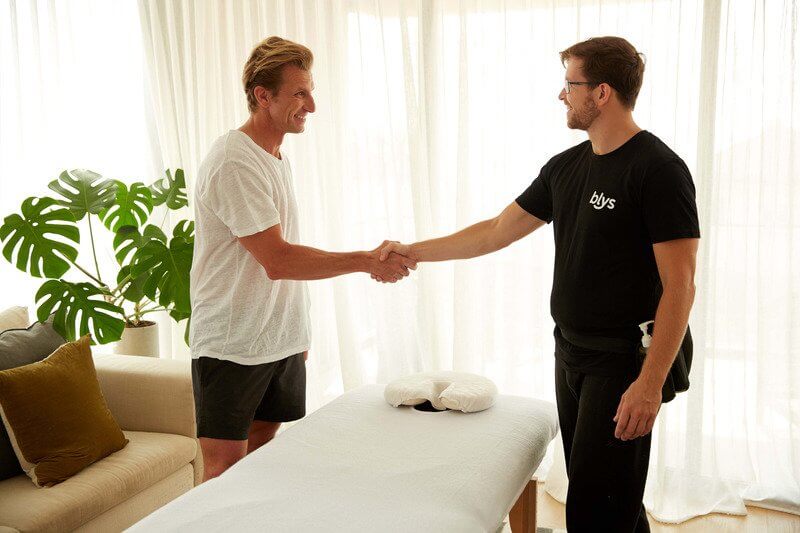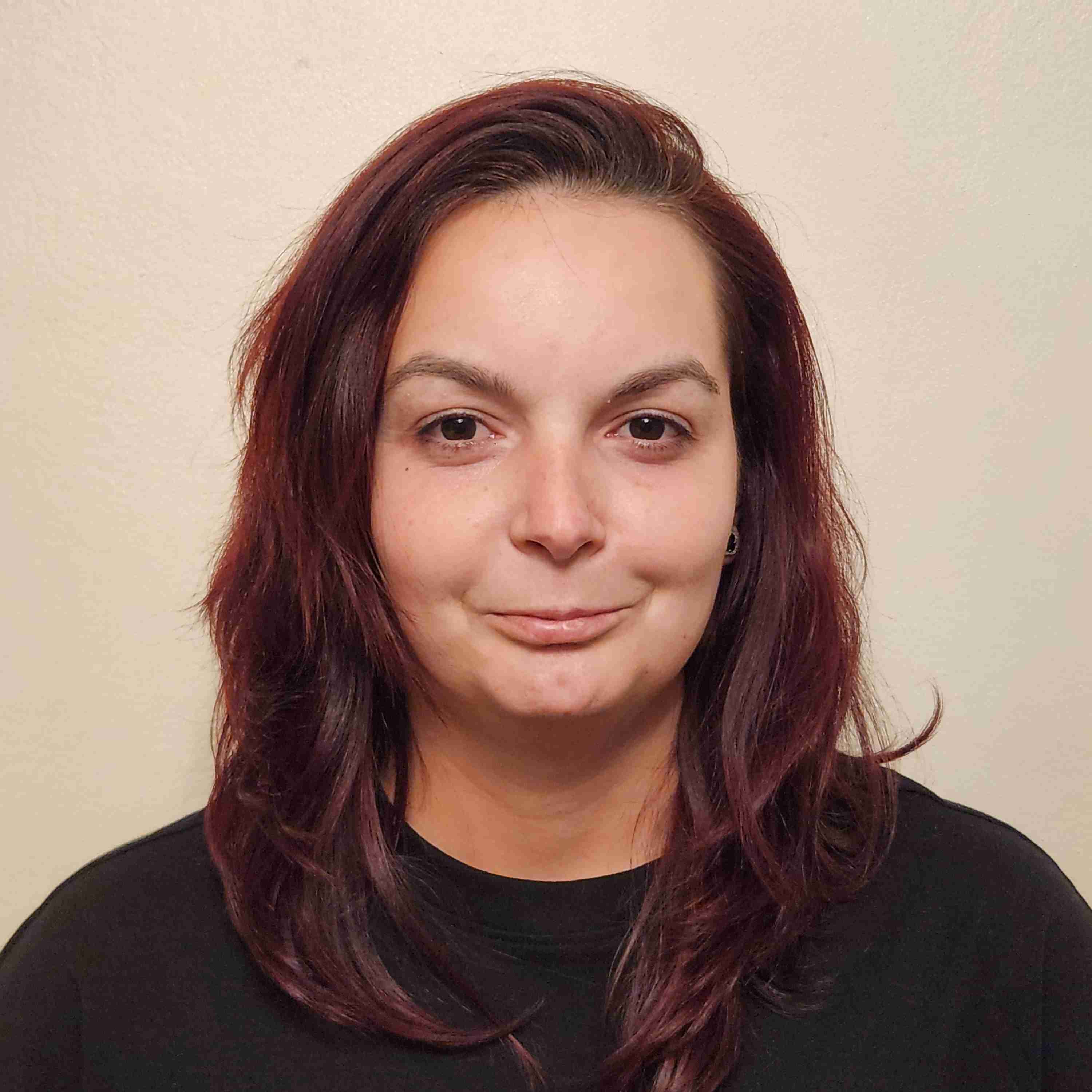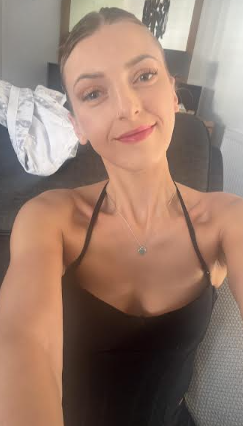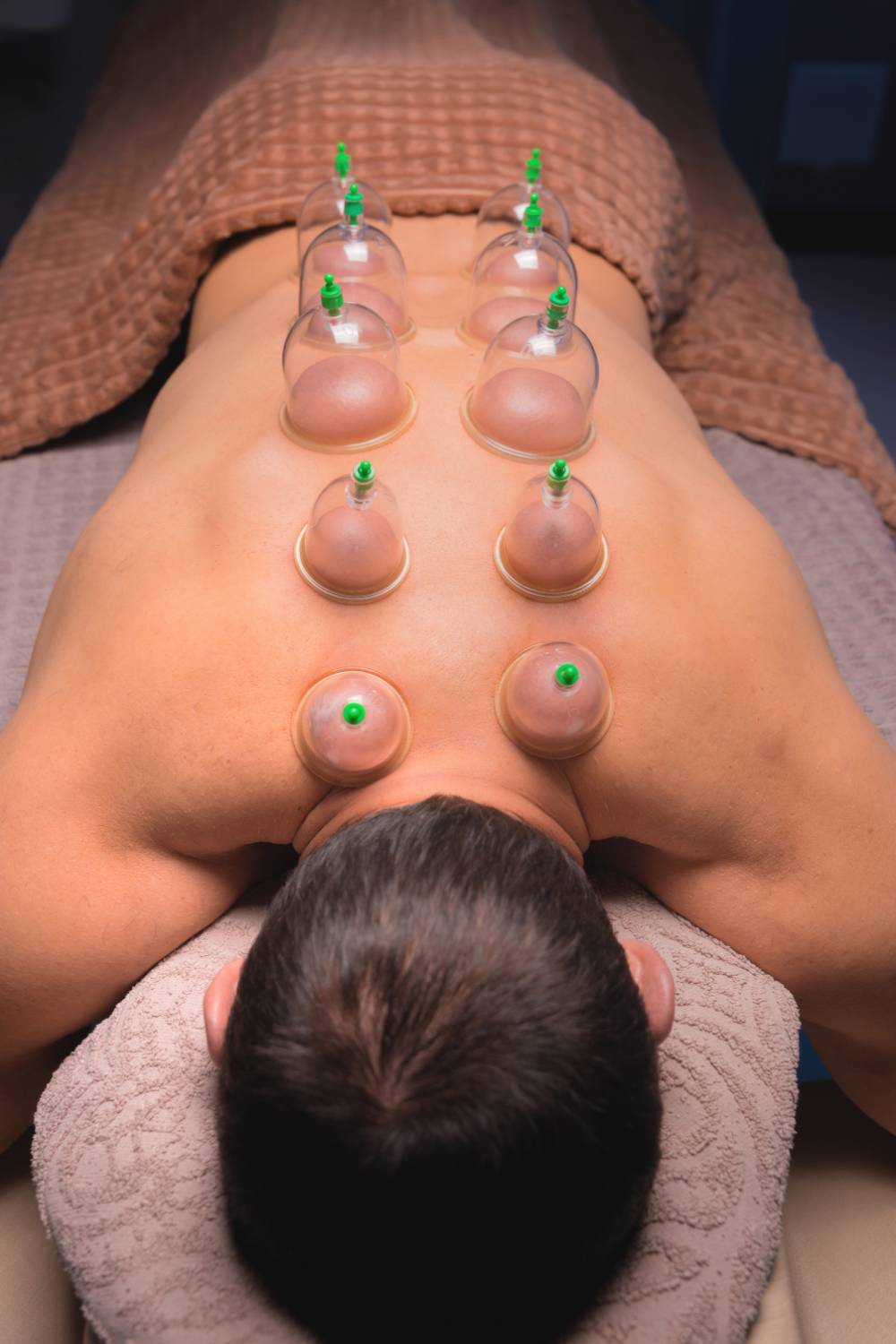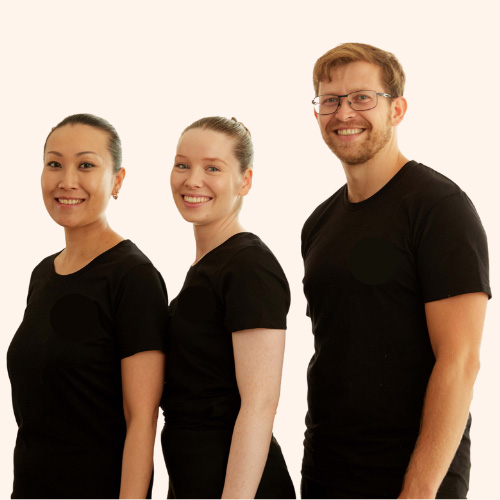Frequently Asked Questions
How does cupping massage work?
Cupping massage works by placing special suction cups on your skin to gently lift the muscles and surrounding tissue. This helps boost blood flow, loosen tight spots, and ease deep tension in the body.
Whether you’re trying a body cupping massage, dry cupping massage, or combining it with deep tissue techniques, the goal is the same: to relieve pain, improve circulation, and support your body’s natural healing.
And with Blys, you can enjoy the benefits of cupping massage therapy without leaving home. Trusted and professional cupping massage therapists on our platfom come to you, making at-home cupping massage easy, safe, and seriously relaxing.
How long do cupping massage marks last?
Cupping massage marks—those round, temporary bruises—usually last between 3 to 7 days. They’re totally normal and simply show that your body is responding to the treatment by boosting blood flow and clearing out built-up tension.
If you’re new to dry cupping massage or myofascial cupping massage and are concerned about bruising from cupping massage, your therapist can adjust the suction to keep things gentler.
For most people, the visible marks are a small trade-off for the powerful effects of cupping massage—like reduced pain, better movement, and a serious sense of relief.
Is cupping massage good for you?
Yes, cupping massage can be great for you—especially when done regularly. Some of the top health benefits of cupping massage include easing muscle soreness, improving circulation, and helping you relax more deeply.
Lots of people turn to cupping massage therapy to manage stress, recover after workouts, or simply unwind. And if you love the idea of self-care without leaving the house, an at-home cupping massage is a super convenient way to make it part of your regular wellness routine.
Does cupping massage work?
Absolutely. Cupping massage therapy has been around for centuries—and for good reason. It’s known to help reduce muscle pain, boost circulation, and support your body’s natural healing process.
Whether you’re recovering from a big workout with sports cupping massage or easing into a gentler soft cupping massage, many people feel real relief after just one session. If you’re dealing with tension, fatigue or stubborn soreness, cupping massage could be just what your body’s been asking for.
Can you shower after a cupping massage?
Yes, but it’s best to wait at least 3 to 6 hours after your cupping massage before jumping in the shower. This gives your skin time to settle—especially if you’ve got visible cupping massage marks or mild cupping massage bruising.
When you do shower, go for lukewarm water and skip any scrubbing over the treated areas so your skin can heal and soak up the full benefits.
Does cupping massage help with cellulite?
Yes, cupping massage can help reduce the appearance of cellulite by boosting circulation, improving lymphatic drainage, and breaking down fatty deposits under the skin. A consistent cellulite cupping massage routine can lead to smoother, firmer-looking skin—especially on areas like the thighs, hips, and buttocks.
If you’re searching for cupping massage for cellulite near you, Blys makes it easy to book qualified mobile therapists who use targeted cupping massage techniques to help you feel confident in your skin.
What to do after a cupping massage?
After your cupping massage therapy session, take it easy. Drink plenty of water, avoid intense workouts, and stay warm. It’s totally normal to notice bruising after cupping massage—these marks are temporary and fade within a few days. If you’re sore after cupping massage, rest and light stretching can help with recovery.
Is cupping massage painful?
Most people don’t find cupping massage painful—but you might feel a firm pulling or suction sensation. It’s usually more relaxing than it sounds!
Some spots can be a little sensitive, especially during a deep tissue and cupping massage, but your therapist can always adjust the pressure to keep you comfortable. Mild pain after cupping massage or some bruising from cupping massage is totally normal and just part of your body’s natural healing response.
How often should you get a cupping massage?
It really depends on your goals and how your body feels after each cupping massage. For general wellness and relaxation, a session every 2 to 4 weeks works well.
If you’re using cupping massage therapy for recovery, chronic pain, or targeting cellulite, weekly treatments may help you see results faster. Many clients who book body cupping massage or sports cupping massage find that regular sessions keep them feeling balanced, loose, and pain-free.
If you’re trying at-home cupping massage for the first time? Start slow, see how your body responds, and build a routine that works for you.
